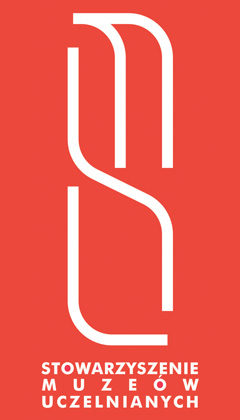Museum of the Medical University in Łódź
ul. Żeligowskiego 7/9
90-752 Łódź
Director: Maria Biegańska – Płonka PhD
The development of medical and military education in Łódź dates back to 31 July 1945, when the School of Junior Officers of the Health Services (Szkoła Młodszych Ocerów Służb Zdrowia) was established, which in the years 1947–1950 functioned as a Sanitary Training Centre (Centrum Wyszkolenia Sanitarnego), and later, until 1958 as the Military Medical Education Centre (Wojskowe Centrum Wykształcenia Medycznego). On 15 June 1958 the first Military Medical Academy in Poland was established. In 1975 it was named after Major General Prof. Bolesław Szarecki who became the academy’s patron. The university’s history is closely associated with the Faculty of the History of Medicine where the Museum of the Military Health Services was established which was opened on 22 January 1972. The building in
which the museum is housed has an interesting history. During the interwar period the Kaniowski Infantry Regiment was stationed there and in the first months of the war the Germans adapted it to house a hospital for soldiers wounded in September 1939. After the war it was home to various officer schools. The museum introduces visitors to the traditions
and achievements of the military and civil health service as well as the development of medical education. The exhibition is arranged chronologically. The exhibits have been categorized into several themed groups: medical equipment, health service uniforms, documents, old prints, badges and medals. The works of Paracelsus dating from 1618 on surgical issues are noteworthy. The museum also owns one of the oldest Polish books – Simon of Sirenius’ Herbarium published in 1613. The oldest pharmaceutical apparatus presented in the display cases dates from the 17th and 19th centuries. A separate section consists of exhibits relating to the First World War; particular attention should be paid to the surviving surgical kits, the collections of shrapnel and bullets removed from the bodies of wounded soldiers by doctors working on the front lines. The next section is dedicated to the Polish healthcare system in the interwar period and during the Second World War. Furthermore, the museum has many artefacts which come from the Polish Armed Forces in the West, a collection related to the patron of the Military Academy, Bolesław Szarecki, also holds a special place. The last section contains documents, memorabilia and uniforms of the staff of the Polish Health Care Services working under the UN in the Middle East. In addition, the museum houses dental units and a dentist’s surgery dating from the 1960s. Maria Biegańska-Płonka is the current director of the Department of Medicine, Pharmacy and Military Medicine. The museum does not hire staff on contracts. The museum is currently being reorganized.
Marcin Możdżan PhD










